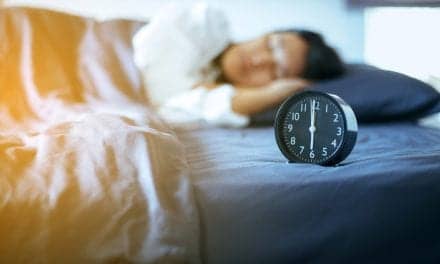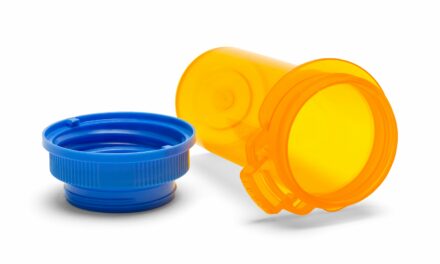A study published by researchers from Nationwide Children’s Hospital found that 10% of adolescents sent to a sleep center for evaluation of excessive daytime sleepiness with testing results consistent with narcolepsy had urine drug screens positive for marijuana, confounding the results.
“Our findings highlight and support the important step of obtaining a urine drug screen, in any patients older than 13 years of age, before accepting test findings consistent with narcolepsy, prior to physicians confirming this diagnosis,” says Mark L. Splaingard, MD, director of the Sleep Disorders Center at Nationwide Children’s Hospital and senior author on the study, in a release. “Urine drug screening is also important in any population studies looking at the prevalence of narcolepsy in adolescents, especially with the recent trend in marijuana decriminalization and legalization.”
Typically, a diagnosis of narcolepsy is made after a clinical evaluation for excessive daytime sleepiness, followed by a standardized multiple sleep latency test (MSLT) consisting of four or five scheduled daytime nap opportunities in which speed of sleep onset and presence of rapid eye movement sleep (REM) are both calculated. However, adult studies have shown that a variety of different medications and illicit drugs may affect MSLT results.
This 10-year retrospective study of 383 children is the first to examine the prevalence of positive drug screens in pediatric patients undergoing MSLT. The study, published in Journal of Clinical Sleep Medicine, found that 43% of children with urine drug screens positive for marijuana actually had test results consistent with narcolepsy or abnormal REM sleep patterns. No child younger than 13 years of age had a positive urine drug screen. The data showed that males were more likely to have a positive urine drug screen and MSLT findings consistent with narcolepsy.
“We believe that many of the children who had positive urine drug testing for marijuana and testing consistent with narcolepsy had improvement of the symptom of excessive daytime sleepiness after enrollment in a community drug program, because most didn’t come back for repeat diagnostic studies once they were drug-free,” says Splaingard, who is also a faculty member at The Ohio State University College of Medicine. “A key finding of this study is that marijuana use may be associated with excessive daytime sleepiness in some teenagers. A negative urine drug screen finding is an important part of the clinical evaluation before accepting a diagnosis of narcolepsy and starting treatment in a teenager.”




